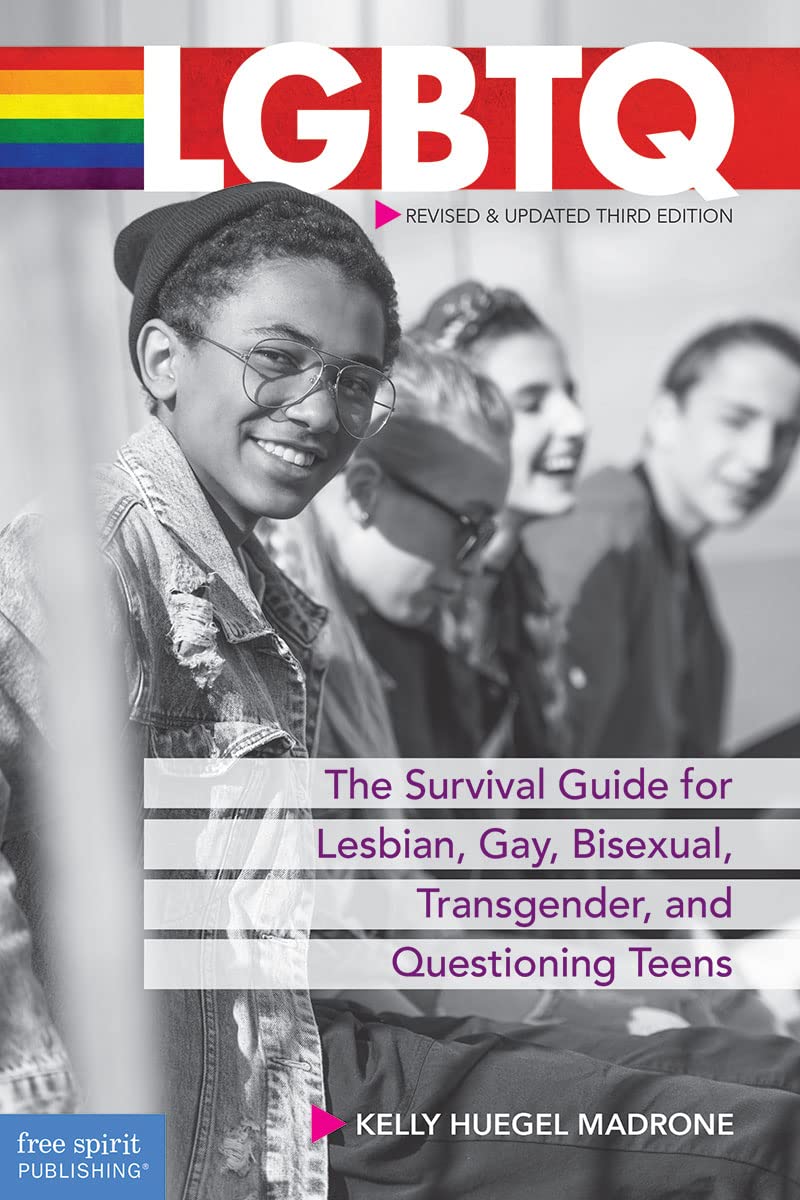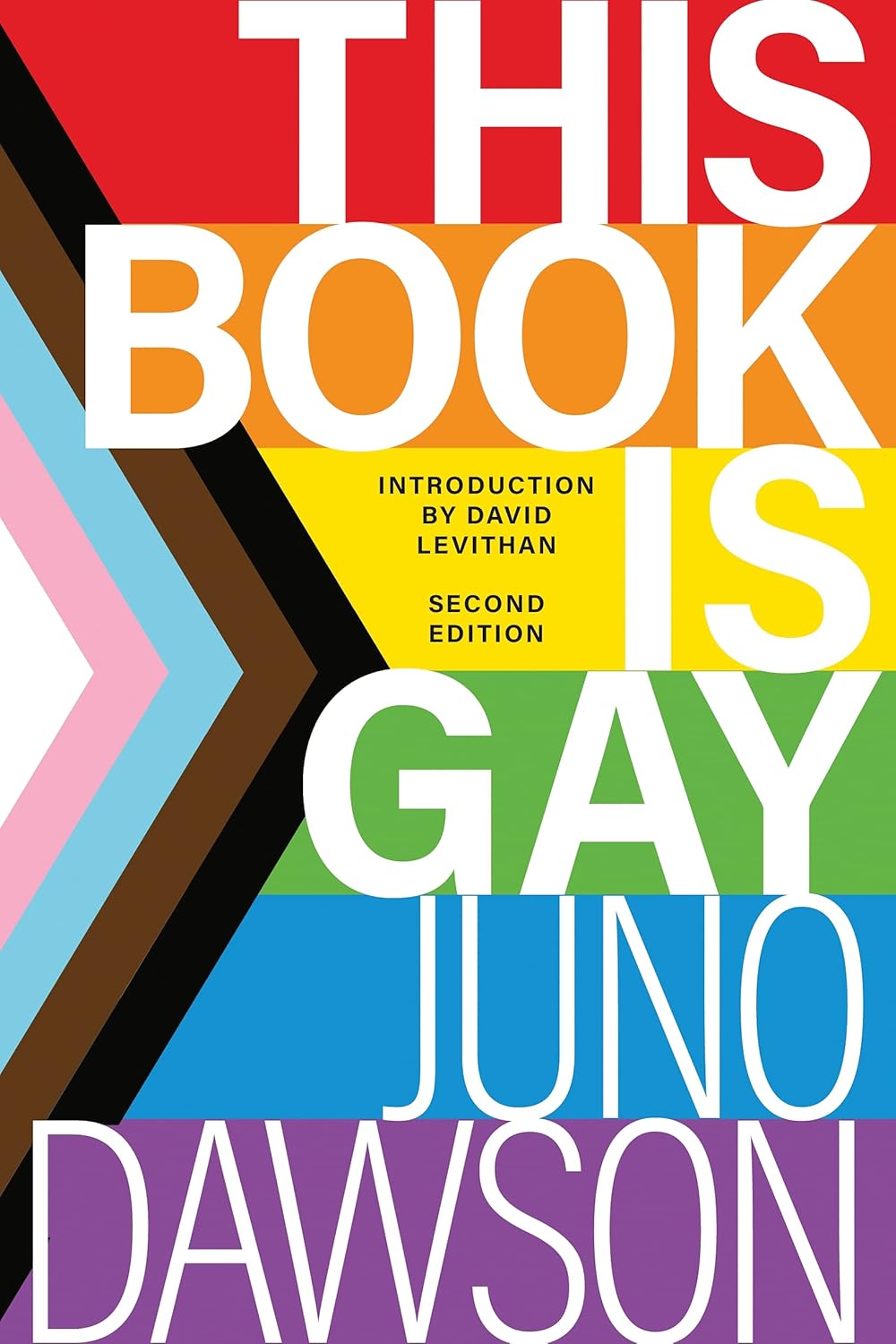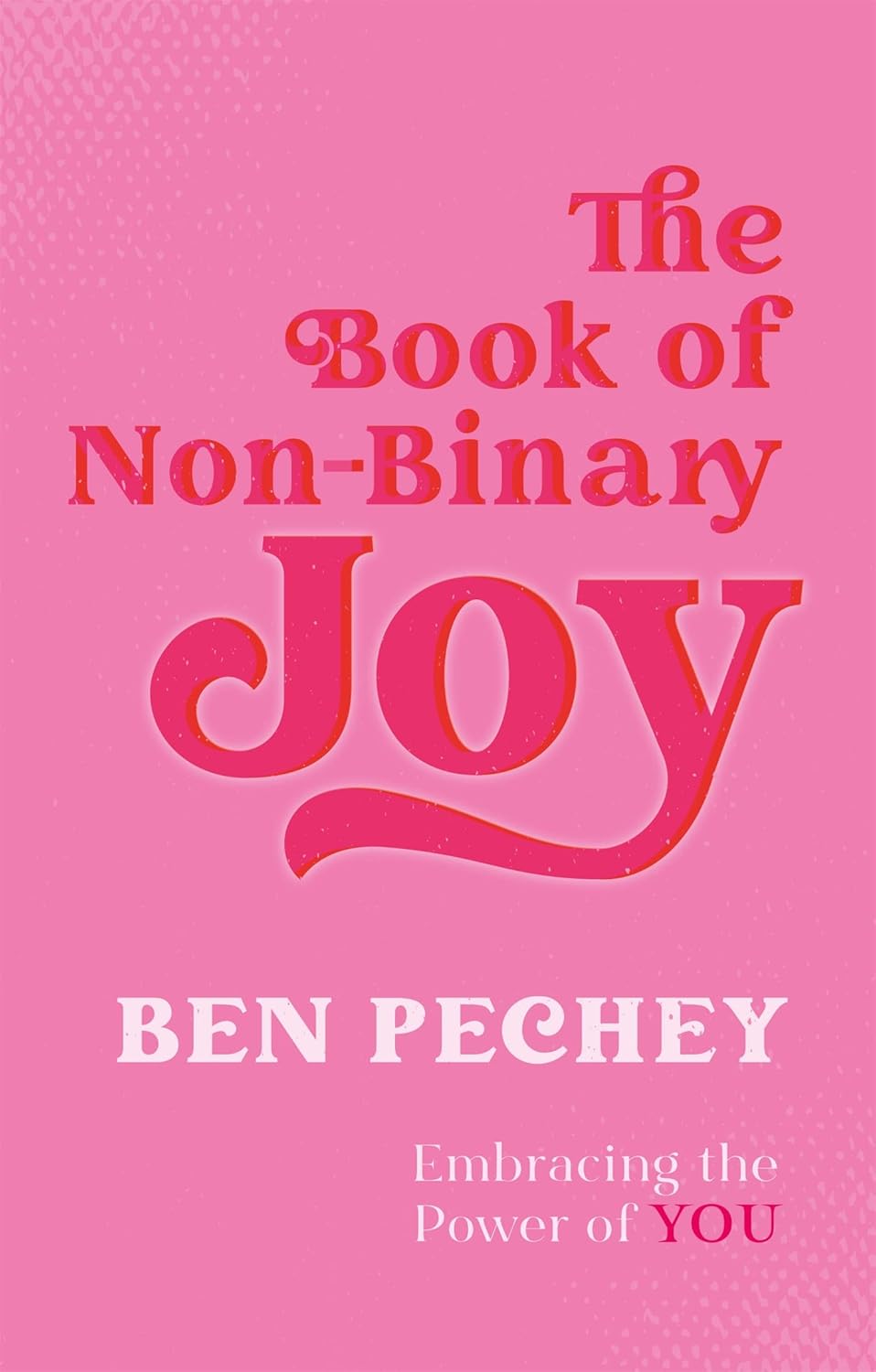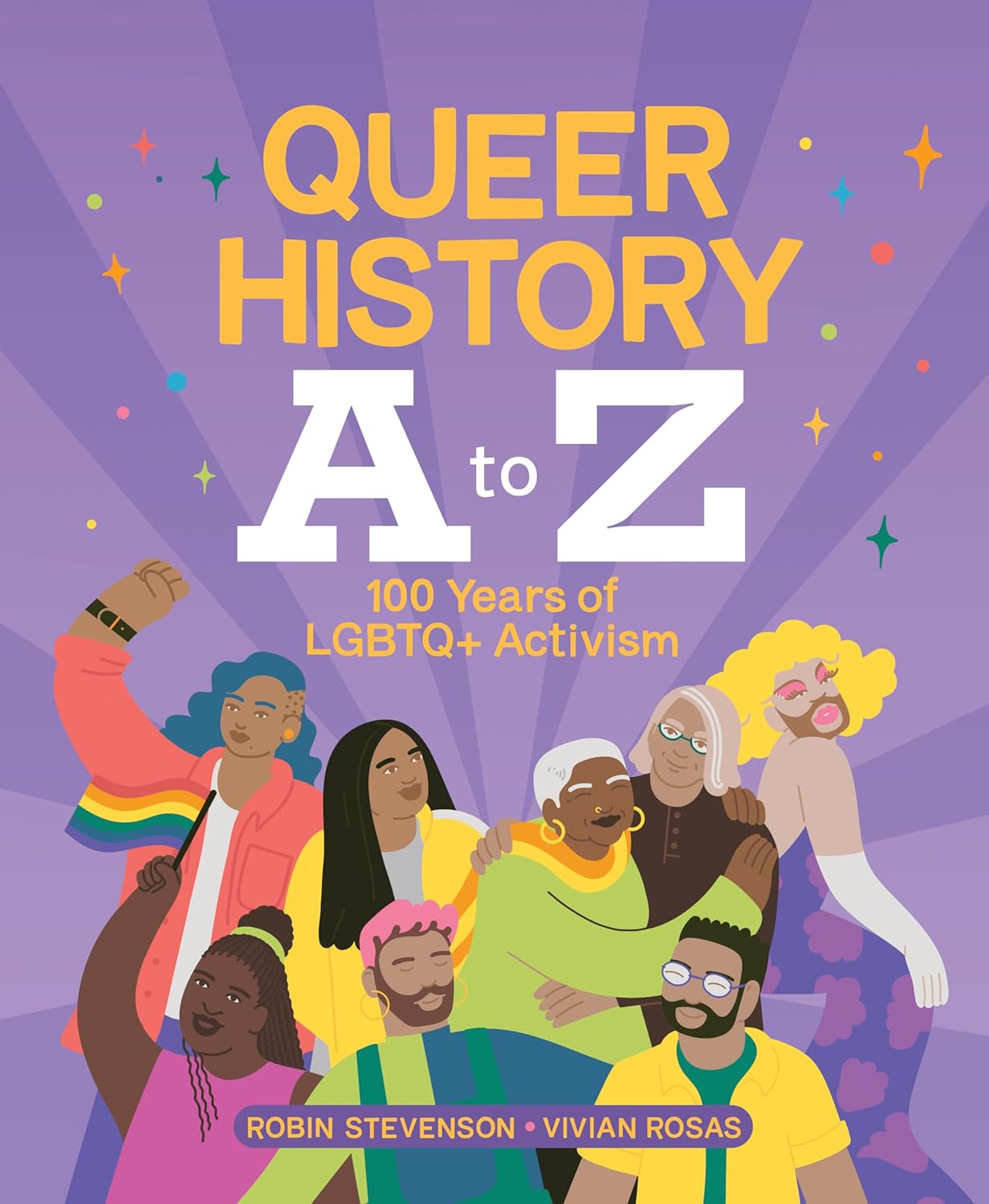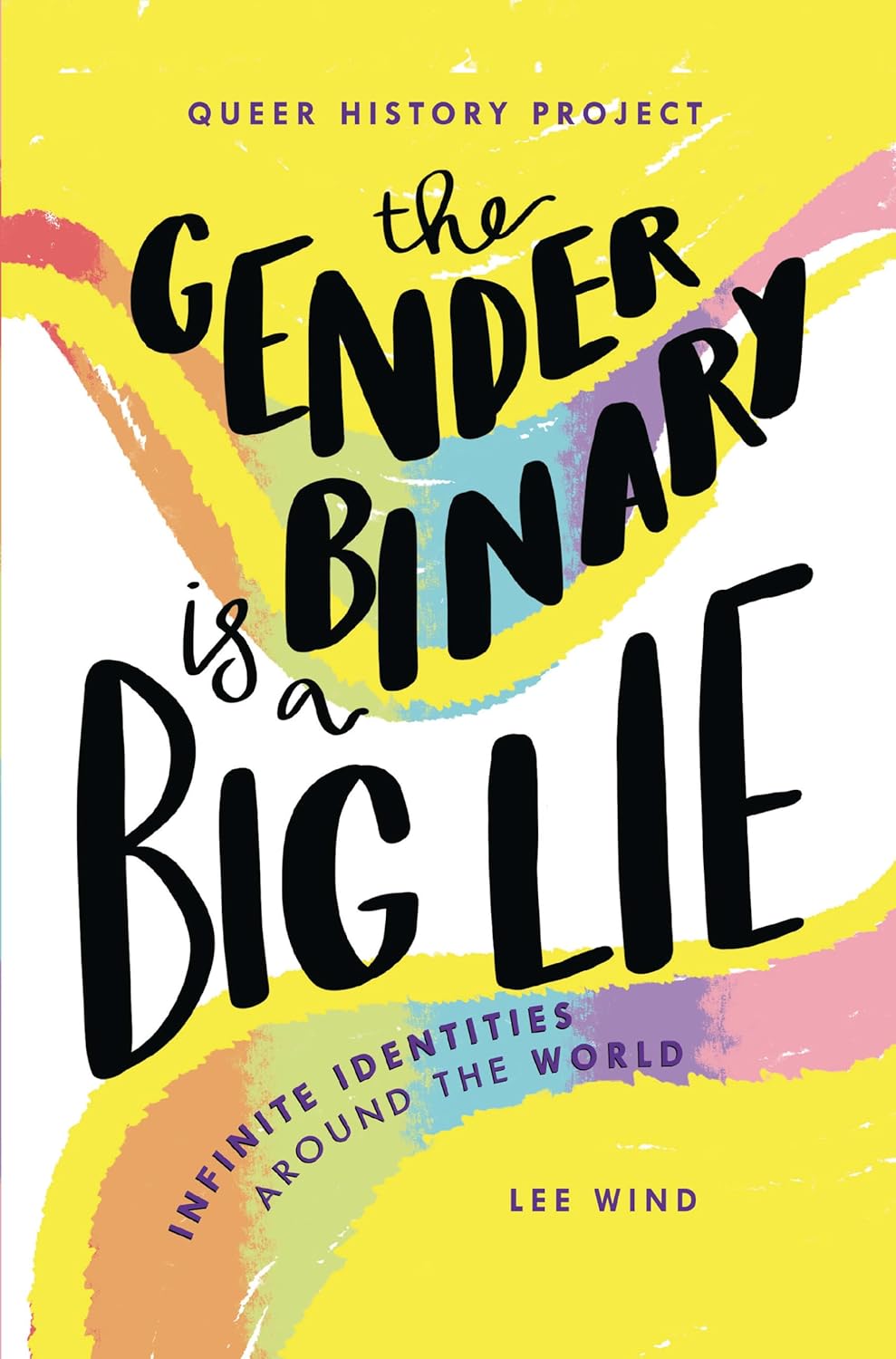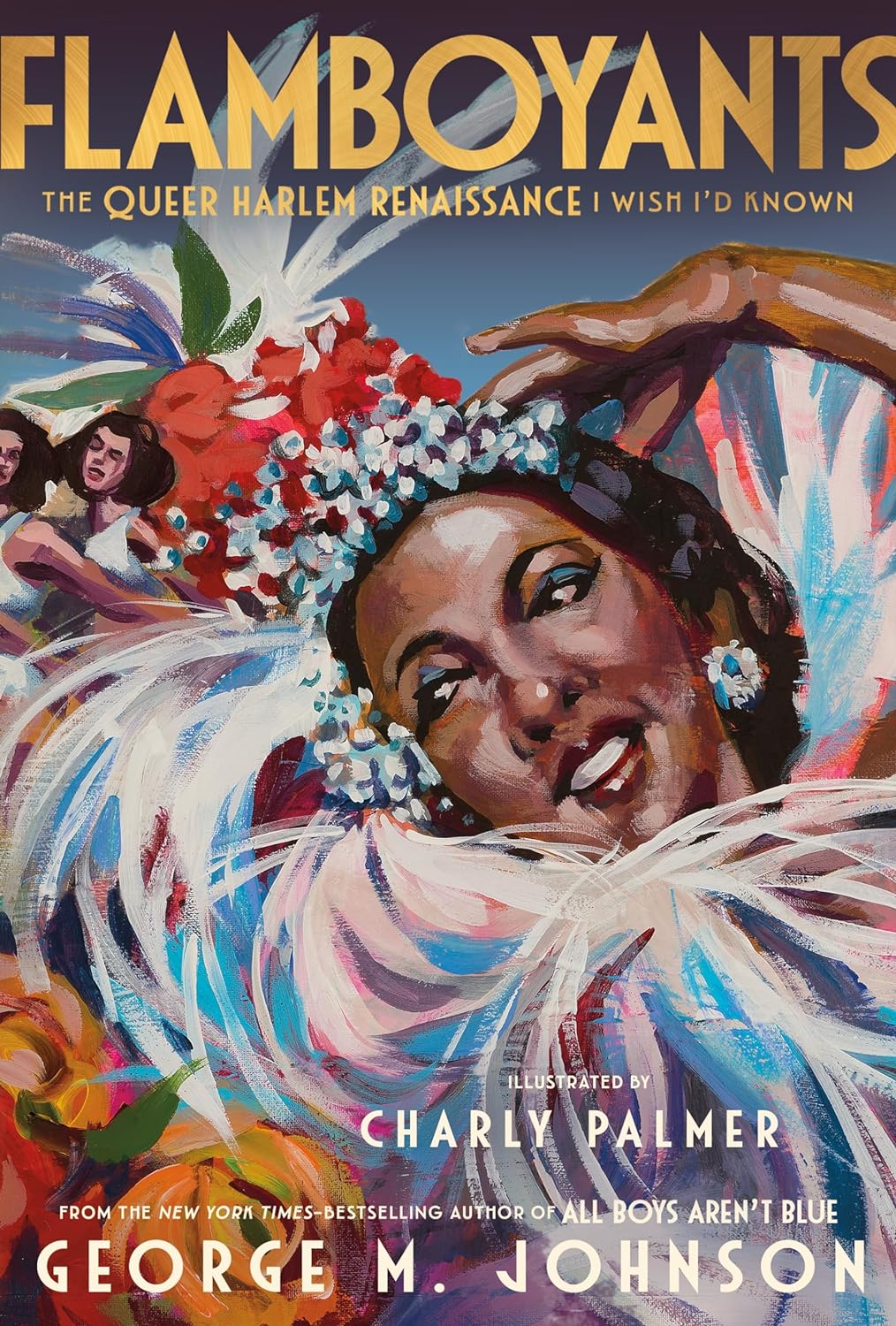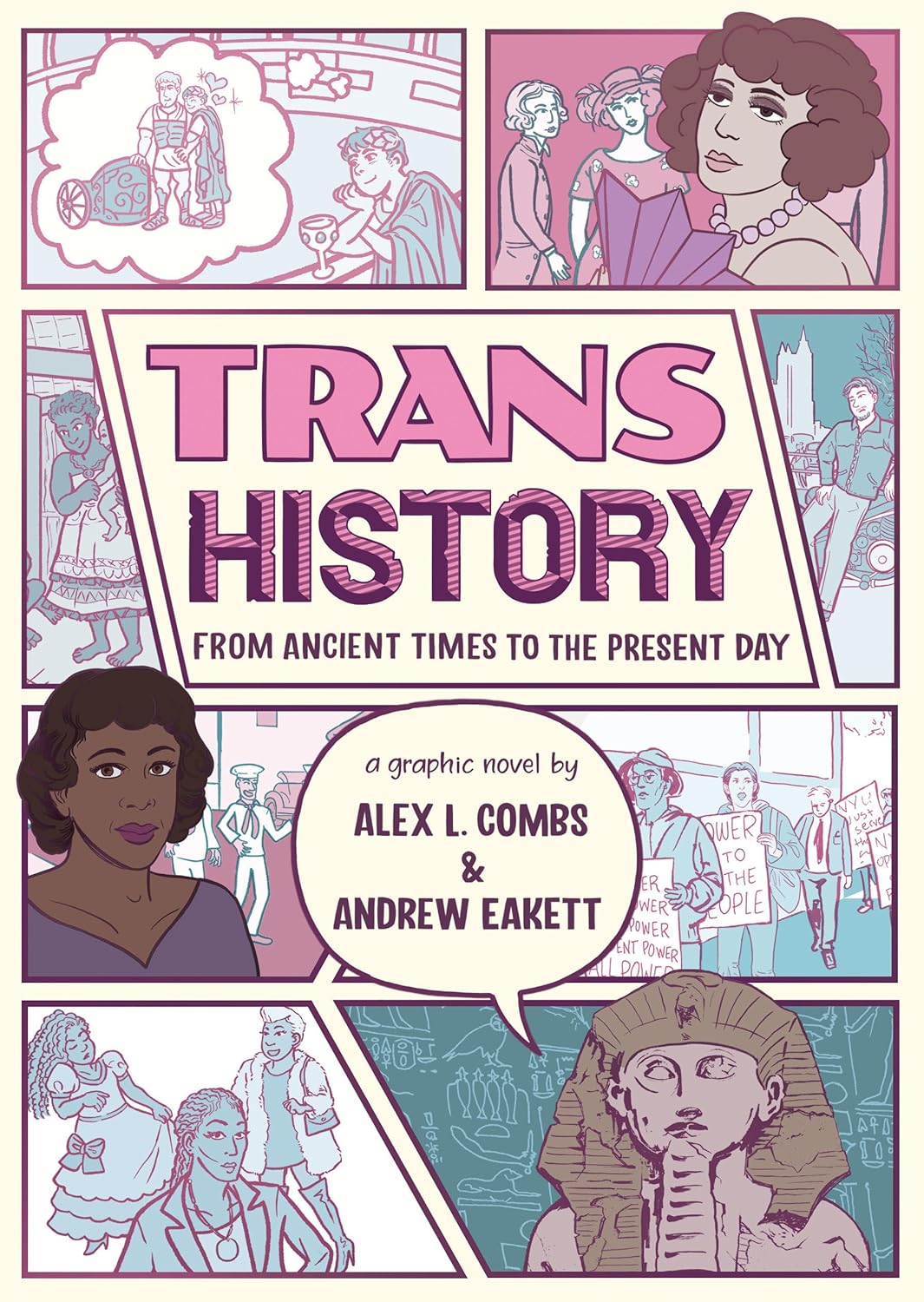Queer history didn’t start with Stonewall. This book explores how LGBTQ people have always been a part of our national identity, contributing to the country and culture for over 400 years.
It is crucial for lesbian, gay, bisexual, transgender, and queer youth to know their history. But this history is not easy to find since it’s rarely taught in schools or commemorated in other ways. A Queer History of the United States for Young People corrects this and demonstrates that LGBTQ people have long been vital to shaping our understanding of what America is today.
Through engrossing narratives, letters, drawings, poems, and more, the book encourages young readers, of all identities, to feel pride at the accomplishments of the LGBTQ people who came before them and to use history as a guide to the future. The stories he shares include those of:
* Thomas Morton, who celebrated same-sex love in Boston’s Puritan community in the 1620s.
* Albert D. J. Cashier, an Irish immigrant and Civil War hero, who was born in the body of a woman but lived as a man for over a half century.
* Gladys Bentley, an African American blues singer who challenged cross-dressing laws in 1920s Harlem.
* Bayard Rustin, Martin Luther King Jr.’s close friend, civil rights organizer, and an openly gay man.
* Sylvia Rivera, who along with Marsha P. Johnson, founded the first transgender political group in the United States in 1970.
* Harvey Milk, a community organizer and the first openly gay politician to win an election in California.
* Jamie Nabozny, a teen who brought national attention to the issue of LGBTQ bullying by bringing his case to the Supreme Court in the 1990s.
With over 60 illustrations and photos, a glossary, and a corresponding curriculum, A Queer History of the United States for Young People will be vital for teachers who want to introduce a new perspective to America’s story.
About the Series:
The ReVisioning American History for Young People series offers fresh perspectives on familiar narratives told from the viewpoint of marginalized communities with middle-grade and young adults in mind. Consisting of accessibly written history books written by notable scholars and adapted by education experts, the series reconstructs and reinterprets America’s past from pre–1492 to the present for a new generation of readers.
PROLOGUE
INTRODUCTION
Before We Start, or, What Is Normal?
SECTION I
America—New Beginnings, New Identities: 1500–1860
CHAPTER ONE
Native Peoples: Different Genders, Different Sexualities
CHAPTER TWO
Thomas Morton: Free Love Among the Puritans?
CHAPTER THREE
Jemima Wilkinson: The Surprising Life of Publick Universal Friend
CHAPTER FOUR
Deborah Sampson: Patriot, Soldier, Gender Rebel
CHAPTER FIVE
Nineteenth-Century Romantic Friendships: BFFs or Friends with Benefits?
CHAPTER SIX
The Mystery of Emily Dickinson: Passionate Attachments and Independent Women
CHAPTER SEVEN
Julia Ward Howe, Samuel Gridley Howe, and Charles Sumner: Complicated Relationships and Radical Social Change in Very Proper Nineteenth-Century Boston
SECTION II
American Freedom Begins to Bloom—Change and the Civil War: 1860–1875
CHAPTER EIGHT
The Amazing Life of Albert D. J. Cashier: Transgender War Hero
CHAPTER NINE
Charlotte Cushman: American Idol, Lover of Women
CHAPTER TEN
Walt Whitman: Poet of the People
CHAPTER ELEVEN
Rebecca Primus and Addie Brown: A Nineteenth-Century Love Story
SECTION III
New Americans—Boldly Challenging Society: 1875–1900
CHAPTER TWELVE
The Radical Victoria Woodhull: First Woman to Run for President
CHAPTER THIRTEEN
Jane Addams: The Mother of Social Work
CHAPTER FOURTEEN
Julian Eltinge: The Most Famous Cross-Dresser in America
SECTION IV
A New Century of Freedom—Radical Visions, Revolutionary Actions: 1900–1960
CHAPTER FIFTEEN
Marie Equi: Fighting for Women, Workers, Peace, and Justice for All
CHAPTER SIXTEEN
Gladys Bentley: Blues-Singing Bulldagger
CHAPTER SEVENTEEN
World War II: The War That Started LGBTQ Politics
CHAPTER EIGHTEEN
Harry Hay: How His Society of Fools Started a Revolution
CHAPTER NINETEEN
Phyllis Lyon and Del Martin: Climbing the Ladder of Freedom and Justice
SECTION V
Revolutionary Changes—The Seeds of Protest Begin to Bloom: 1960–1977
CHAPTER TWENTY
Pauli Murray: “You must remember that truth is our only sword”
CHAPTER TWENTY-ONE
Bayard Rustin: A Life of Activism
CHAPTER TWENTY-TWO
Carl Wittman: Radical Movements, Political Organizing, and Country Dance
CHAPTER TWENTY-THREE
Rita Mae Brown: The Lavender Menace Writes Her Way to Freedom
CHAPTER TWENTY-FOUR
Gloria Anzaldúa: A Life Between Borders
SECTION VI
Backlash—Years of Struggle and Resistance: 1977–1990
CHAPTER TWENTY-FIVE
Sylvester and Anita Bryant: Marching to Two Very Different Drummers
CHAPTER TWENTY-SIX
Robert Hillsborough and Harvey Milk: Struggle and Violence, Grief and Rage
CHAPTER TWENTY-SEVEN
Essex Hemphill: The Power of Blackness
CHAPTER TWENTY-EIGHT
Kiyoshi Kuromiya: Man of Many Movements
CHAPTER TWENTY-NINE
Felix Gonzalez-Torres: Art in the Face of Death
SECTION VII
Moving Closer to Liberation—The Future Is in Sight: 1990–Present
CHAPTER THIRTY
Jamie Nabozny: Gay Teen Hero
CHAPTER THIRTY-ONE
Jack Baker and Michael McConnell: It Started in a Barber Shop
CHAPTER THIRTY-TWO
Sylvia Rivera: A Life in the Streets and a Guiding STAR
CHAPTER THIRTY-THREE
Coming Out or Staying In: New Queer Ways of Living in the World
CHAPTER THIRTY-FOUR
Young People Today: The Future of Queer History
Glossary
Bibliography
Photo Credits
Index
“Readers will find a straightforward, documented, nonsensational celebration of the contributions of LGBTQ people in the US . . . No previous knowledge is assumed: definitions are provided, context is established, and quaint contemporary mores are explained . . . Above all, there is continuous reassurance that the definition of ‘normal’ has always been in flux, that numerous LGBTQ people have been important figures in American history, and that young LGBTQ people of today will make crucial contributions to future queer history.” —Booklist, Starred Review
“This adaptation for teens of the author’s 2012 Stonewall Award–winning A Queer History of the United States is doubly valuable; it serves well as a general read and fills a clear curricular need. Each carefully selected profile bolsters the case for queer leadership and activism as a driving force of progress.” —School Library Journal, Starred Review
“Alongside watershed moments like the 1969 Stonewall uprising and the HIV/AIDS crisis of the 1980s and 1990s, the text brings to light less well-known people, places, and events: the 1625 free love colony of Merrymount, transgender Civil War hero Albert D. J. Cashier, and the 1951 founding of the Mattachine Society, to name a few.” —Kirkus Reviews
“Readers seeking role models from the past will find an edifying resource and invitation for further exploration into untold stories.” —Publishers Weekly
“With its focus on individuals who dared to fight for their rights, A Queer History of the United States for Young People will serve as a touchstone for LGBTQ readers seeking proof of the greatness that preceded them and confidence in the success that awaits in their future.” —Shelf Awareness
“Bronski’s A Queer History of the United States for Young People is a necessary, comprehensive, and accessible primer for queer history. In a political climate that seeks to disappear LGBTQ people and our contributions to society, it’s more important than ever to cultivate a relationship with our queer past. Taking guidance from the LGBTQ forebears profiled in this book gives us permission to imagine otherwise and strive beyond the status quo.” —Alok Vaid-Menon, gender non-conforming artist and author of Femme in Public
“It’s no easy task to craft a nuanced story of queer history for young readers, but Michael Bronski and Richie Chevat have pulled it off. Weaving together stories of diverse historical and contemporary figures, this book peoples the queer past and present, with hope for the future.” —Leila J. Rupp, author of Understanding and Teaching U.S. Lesbian, Gay, Bisexual, and Transgender History
“This volume is both timely and timeless: a deep, scholarly dive into our history. It should sit at the table next to Zinn’s People’s History—required, essential reading for all people.” —Saundra Mitchell, editor of All Out and Out Now, and author of All the Things We Do in the Dark
You might also be interested in:

